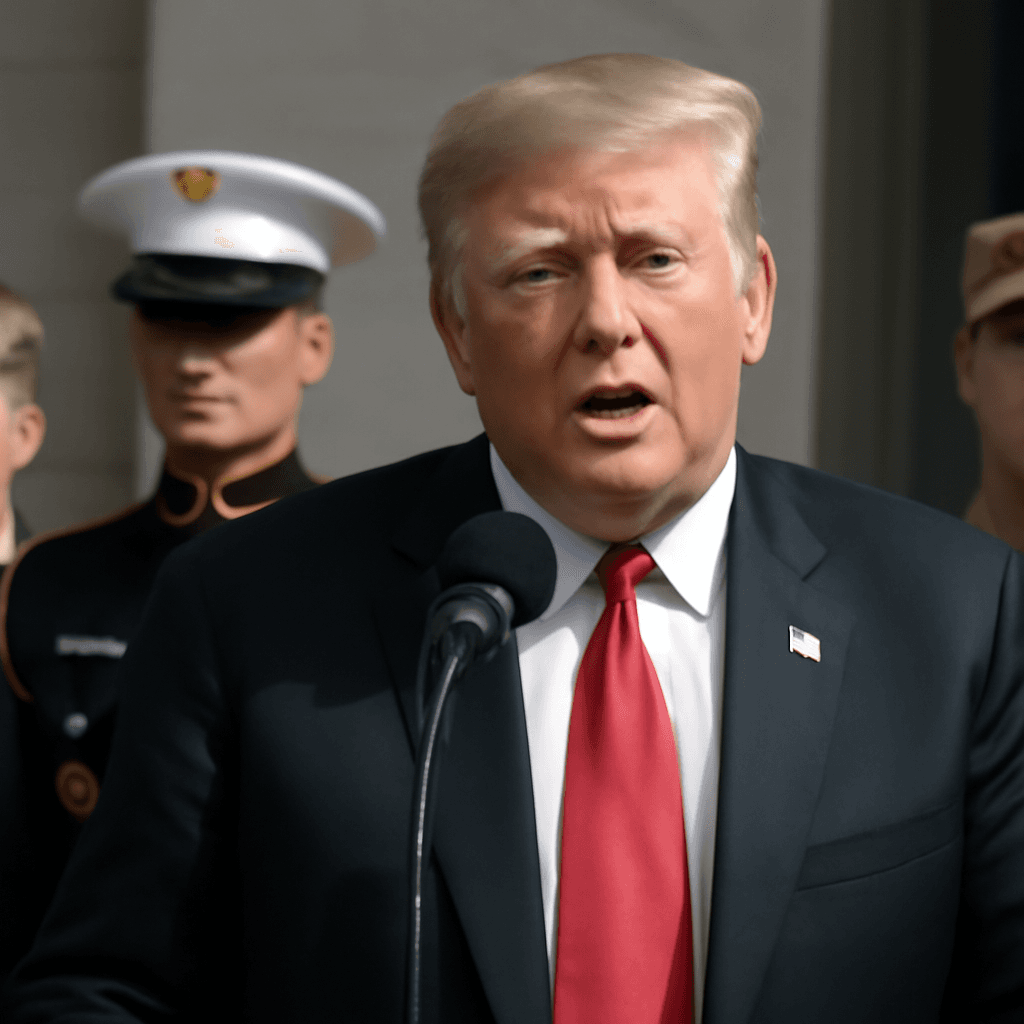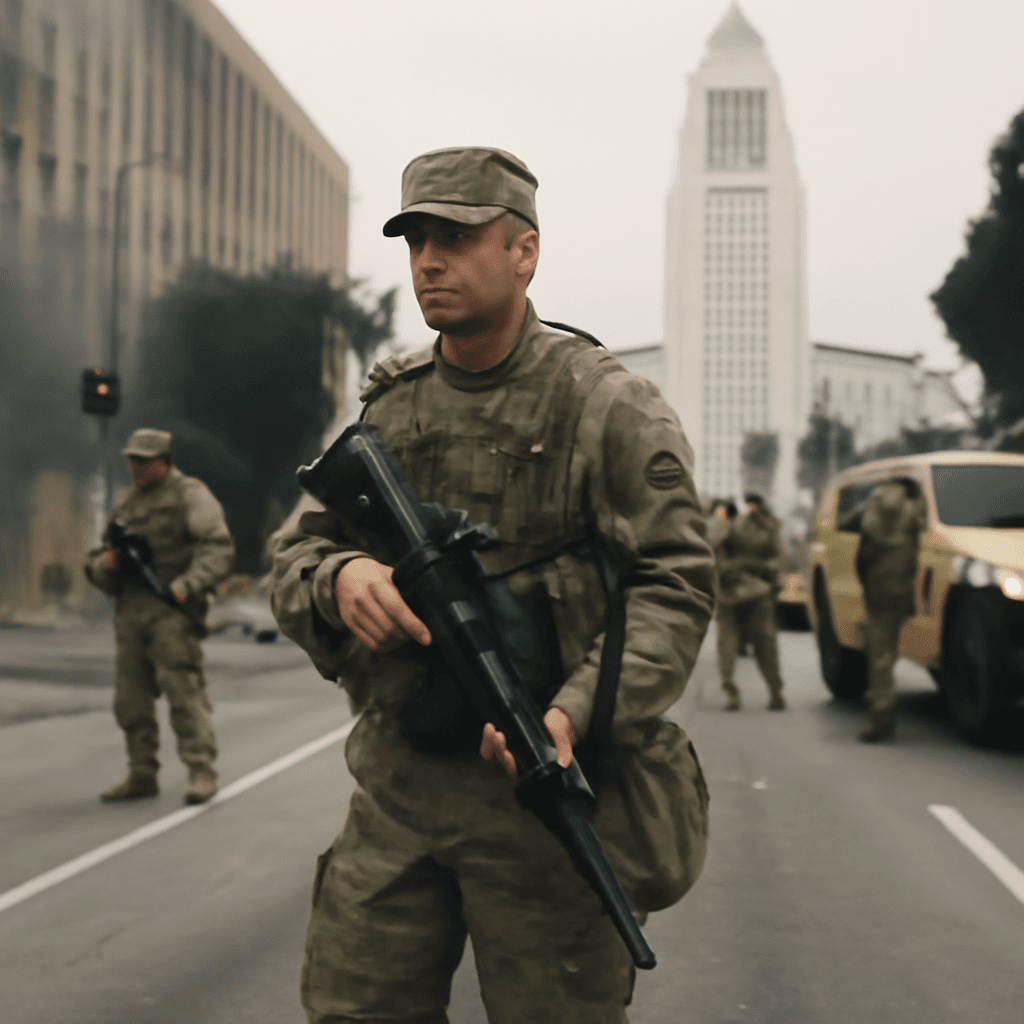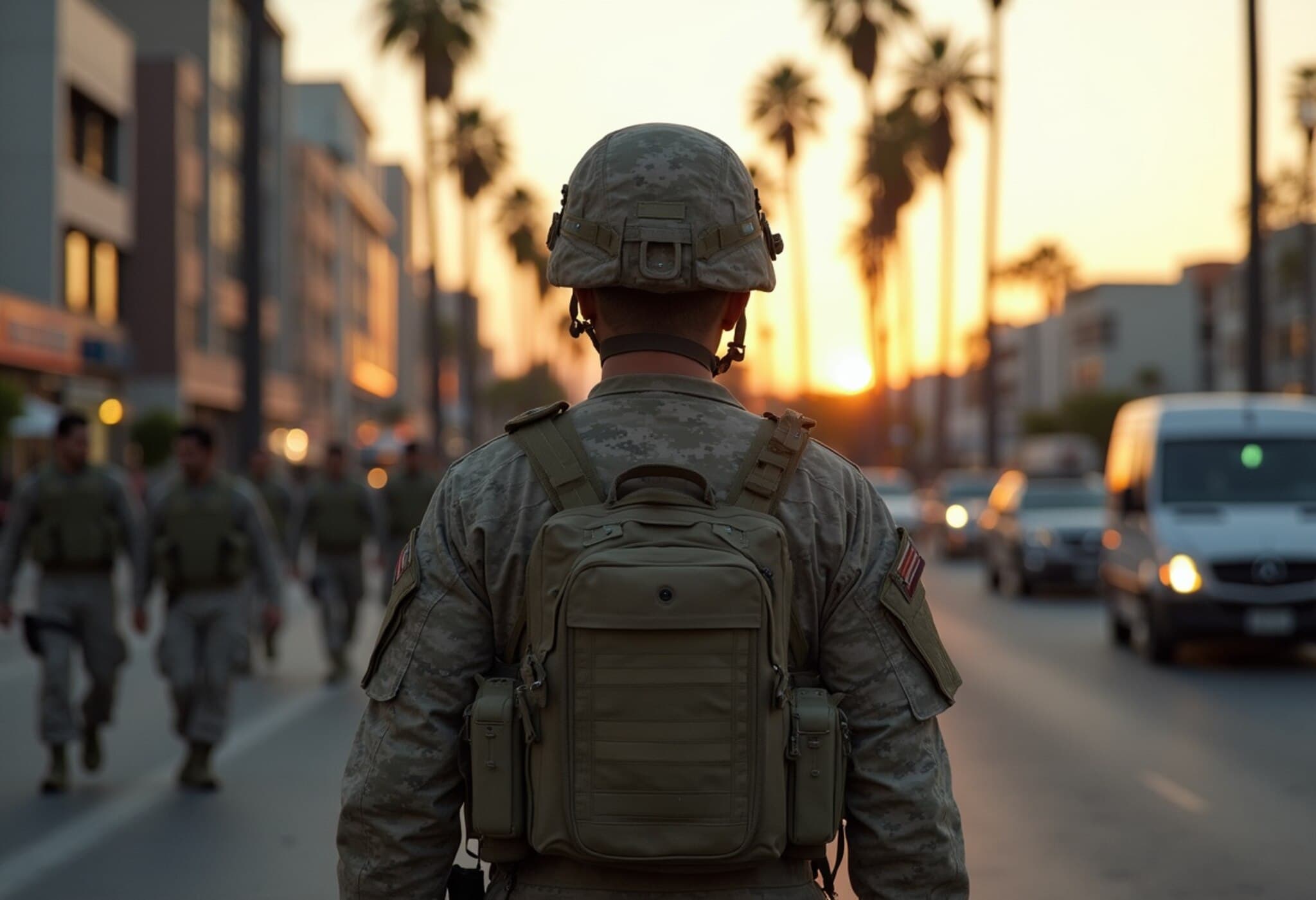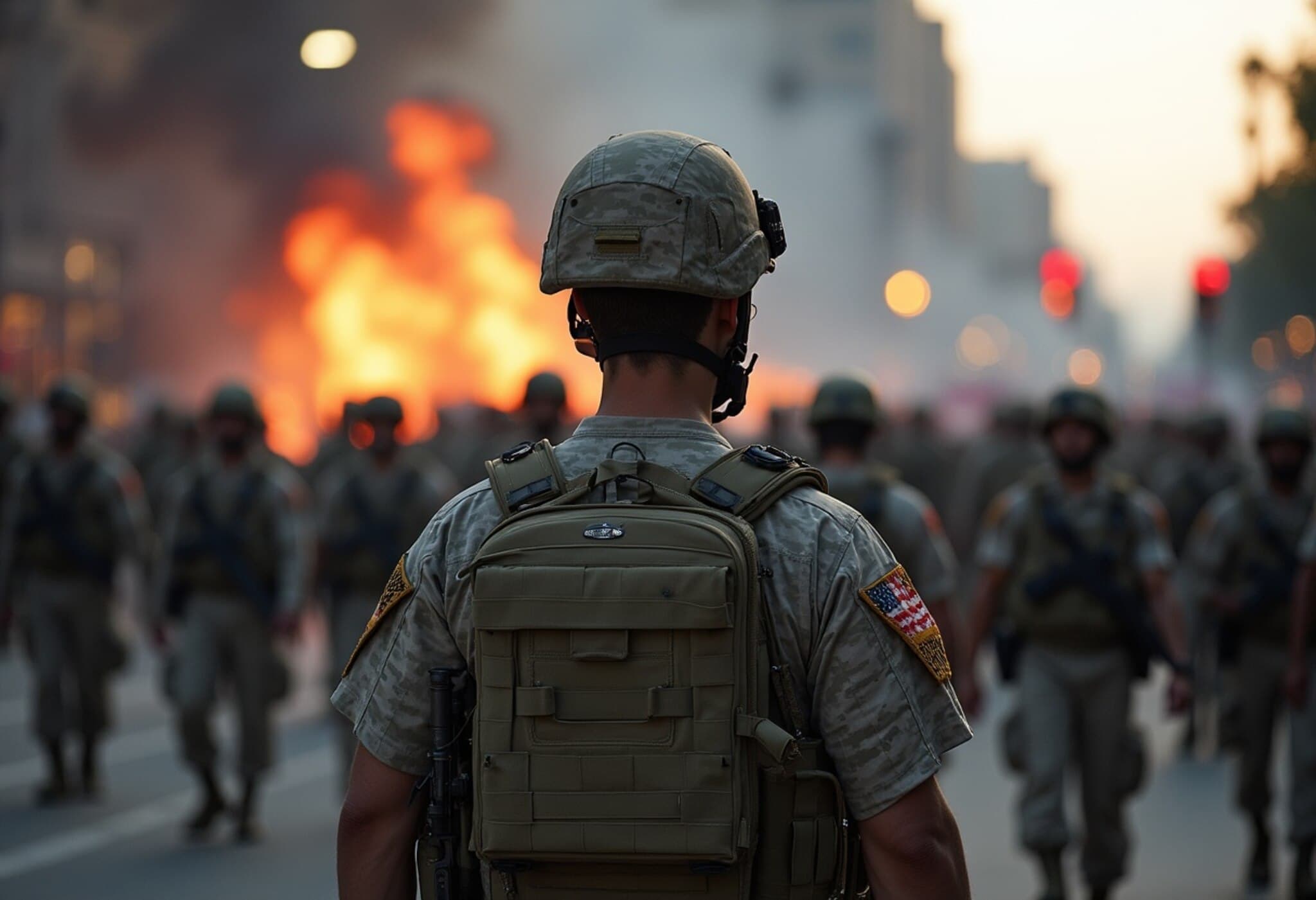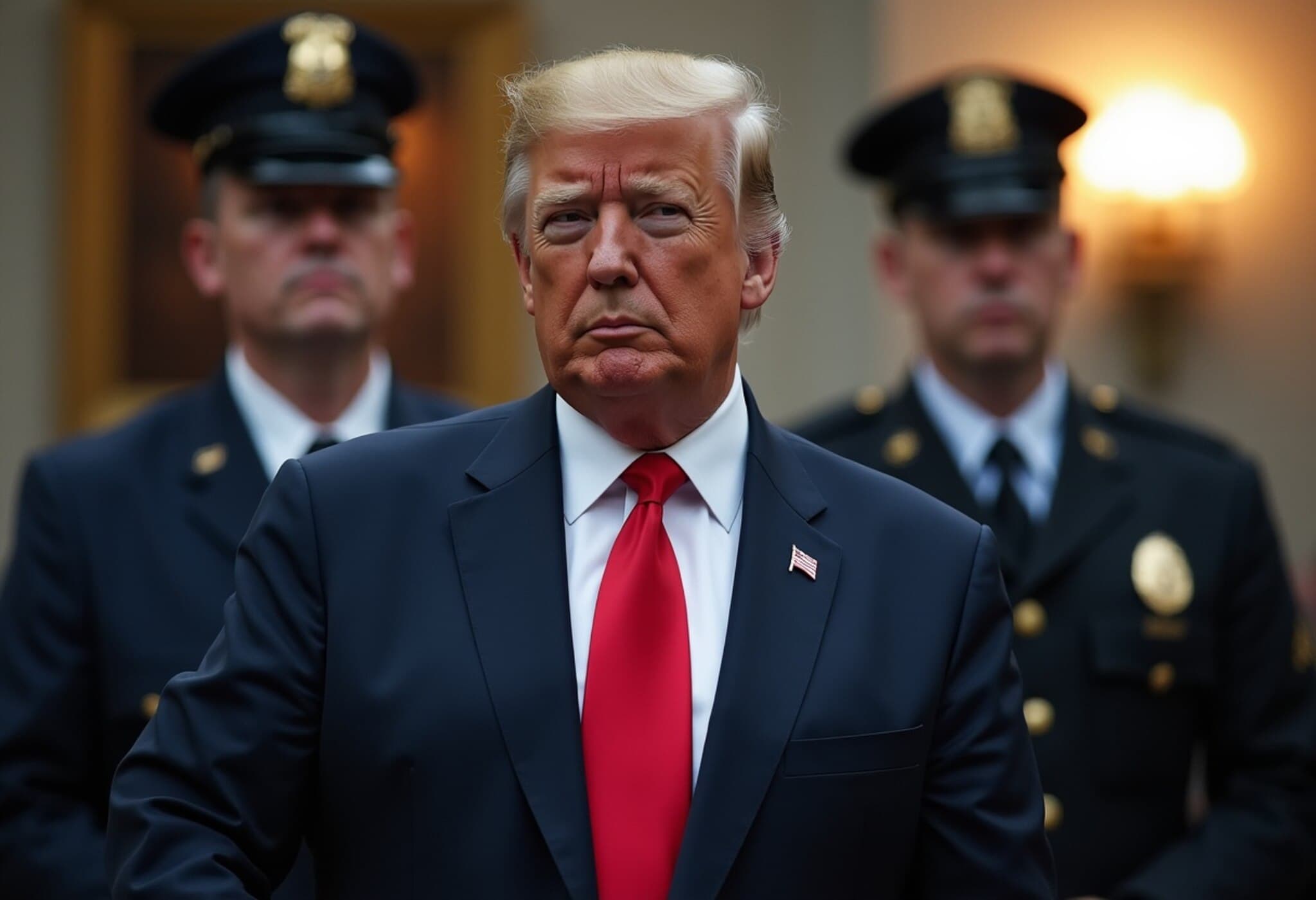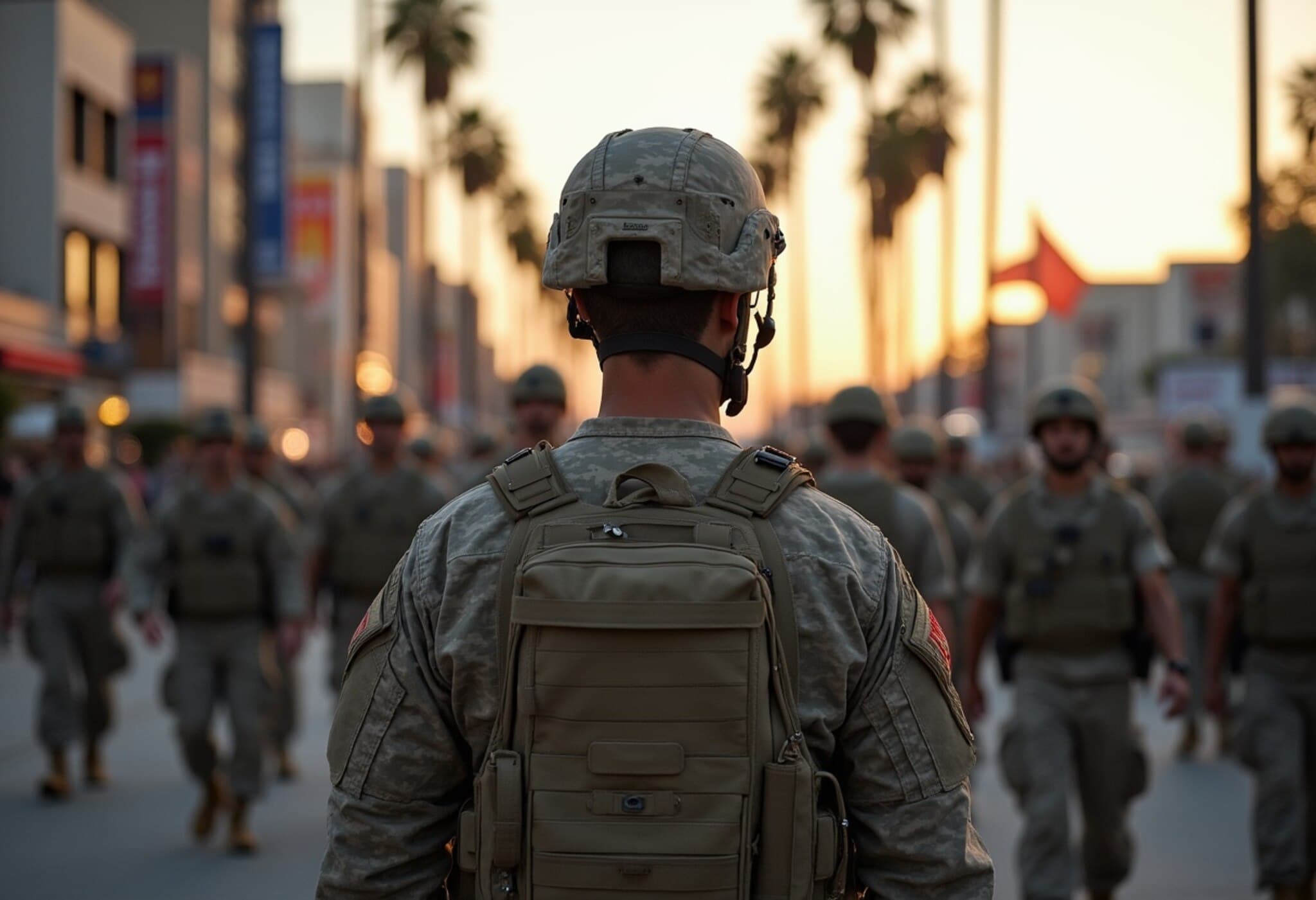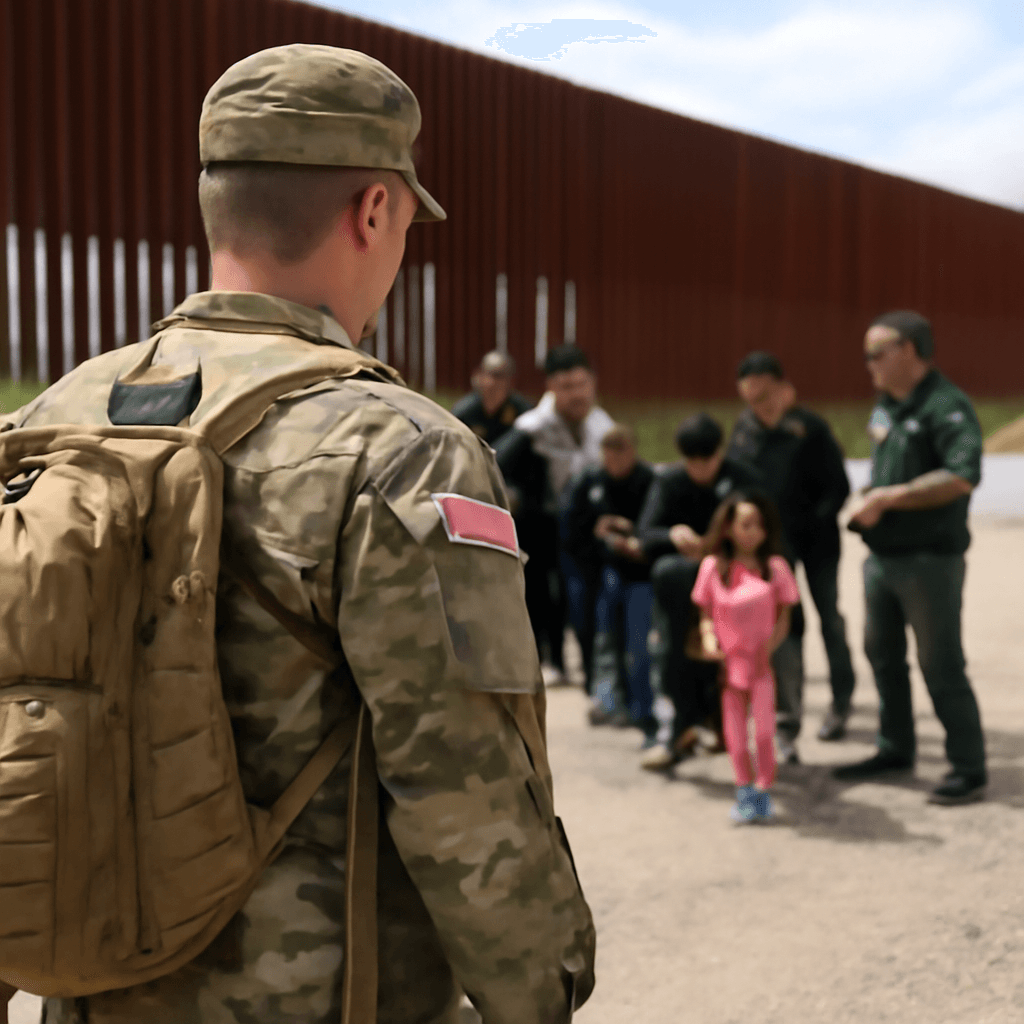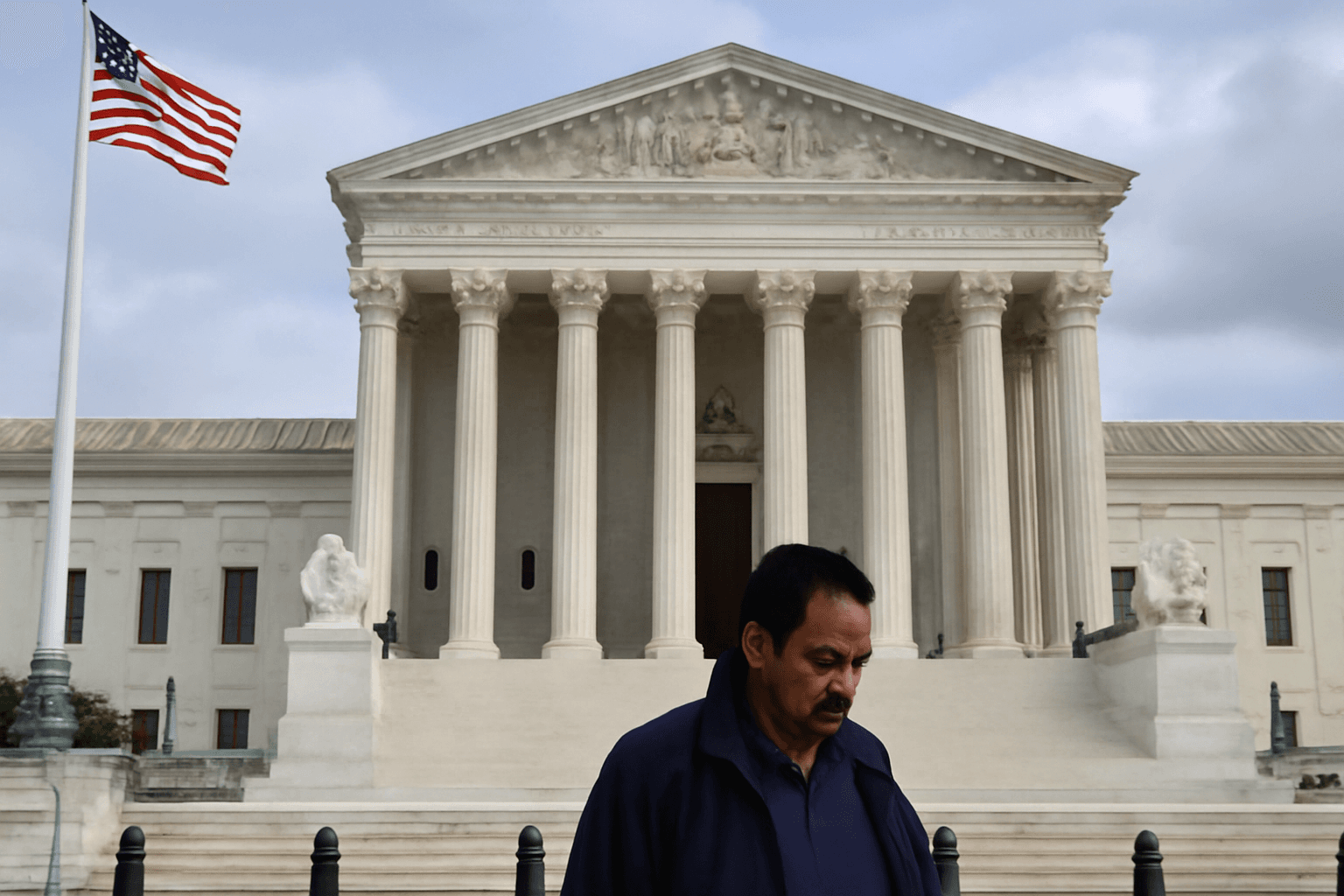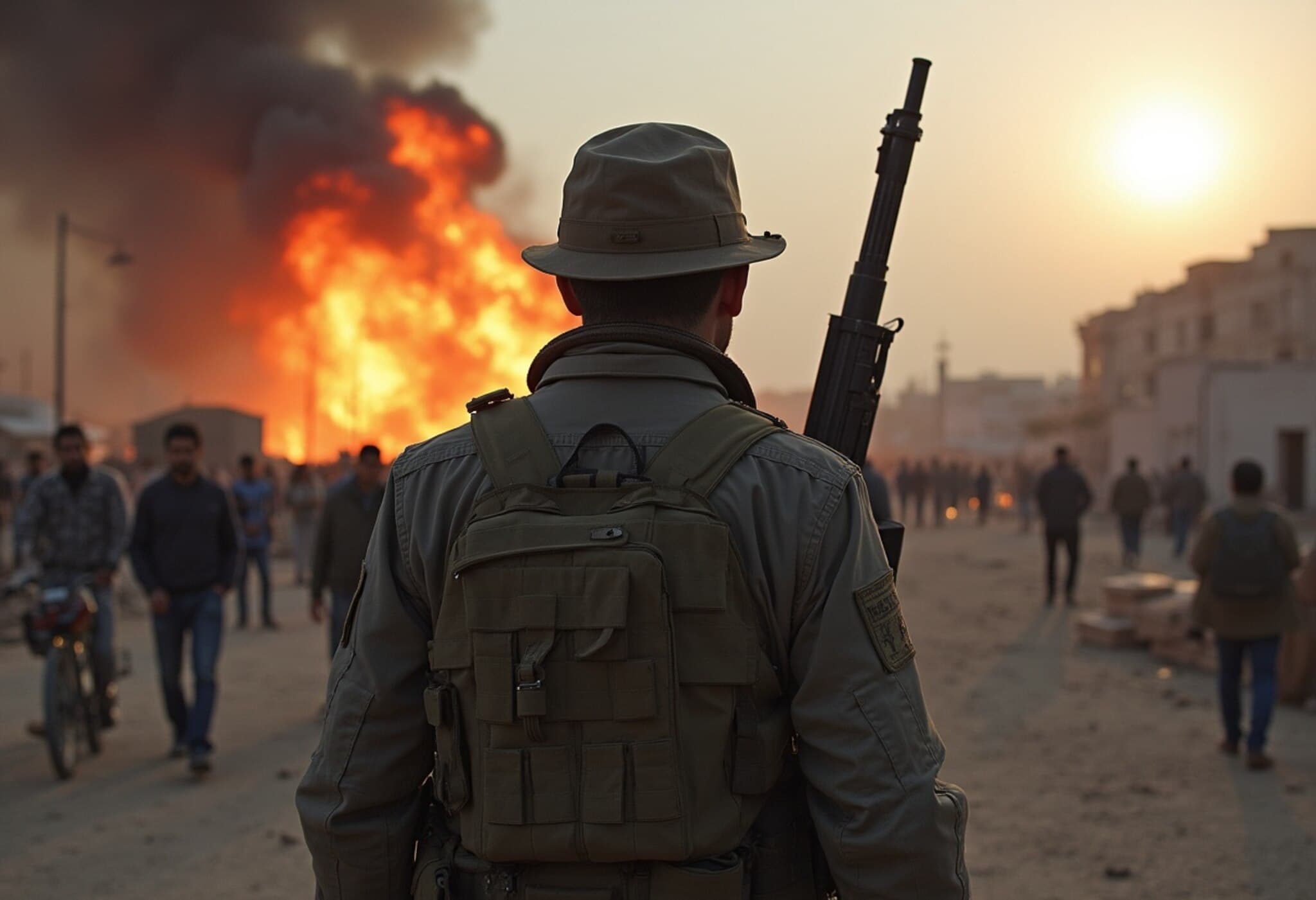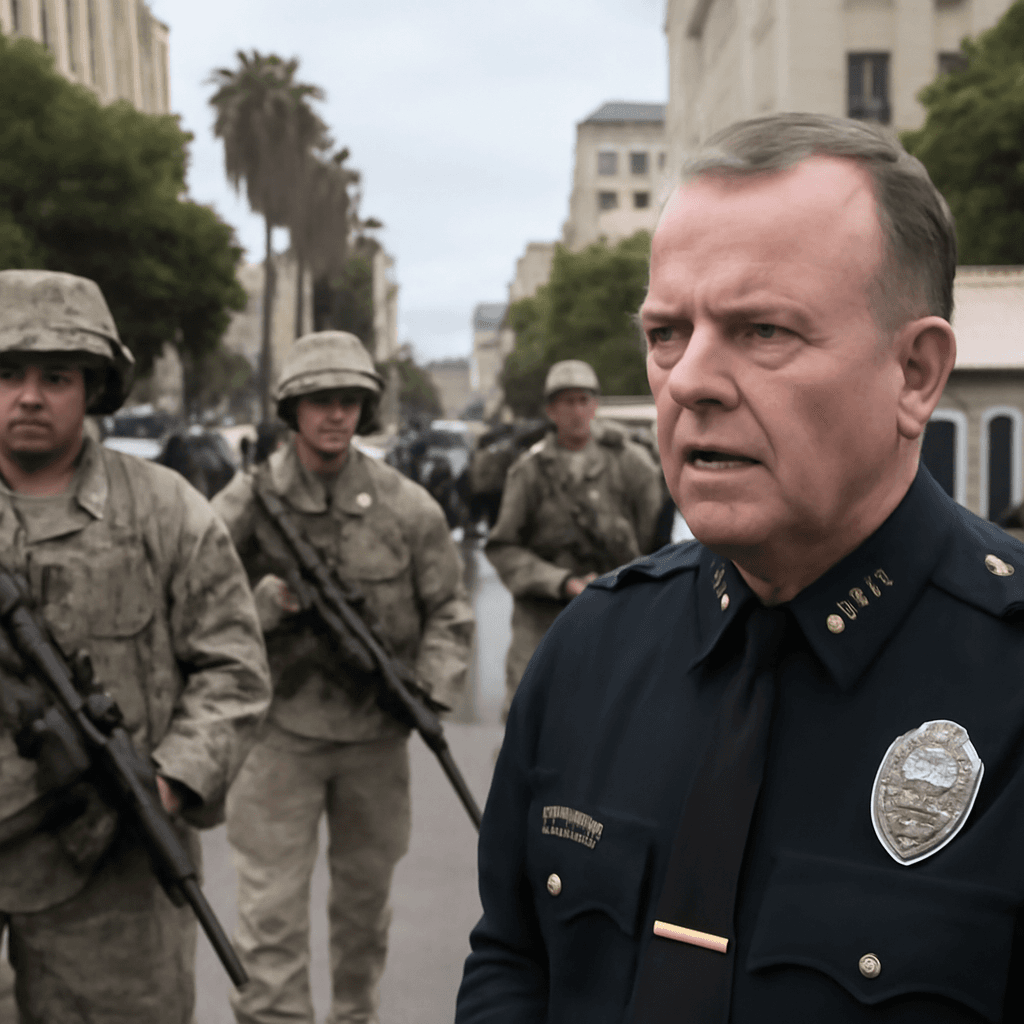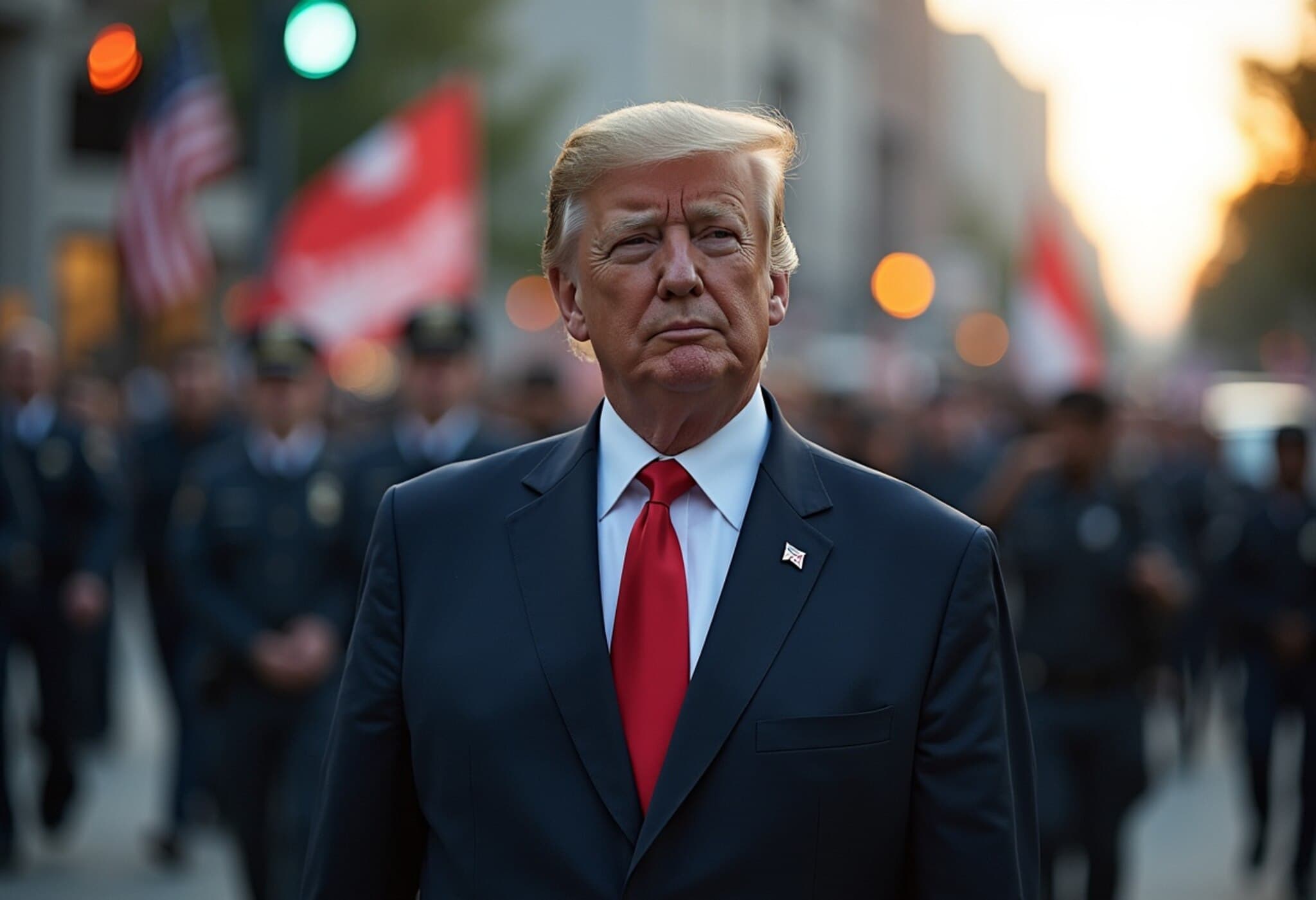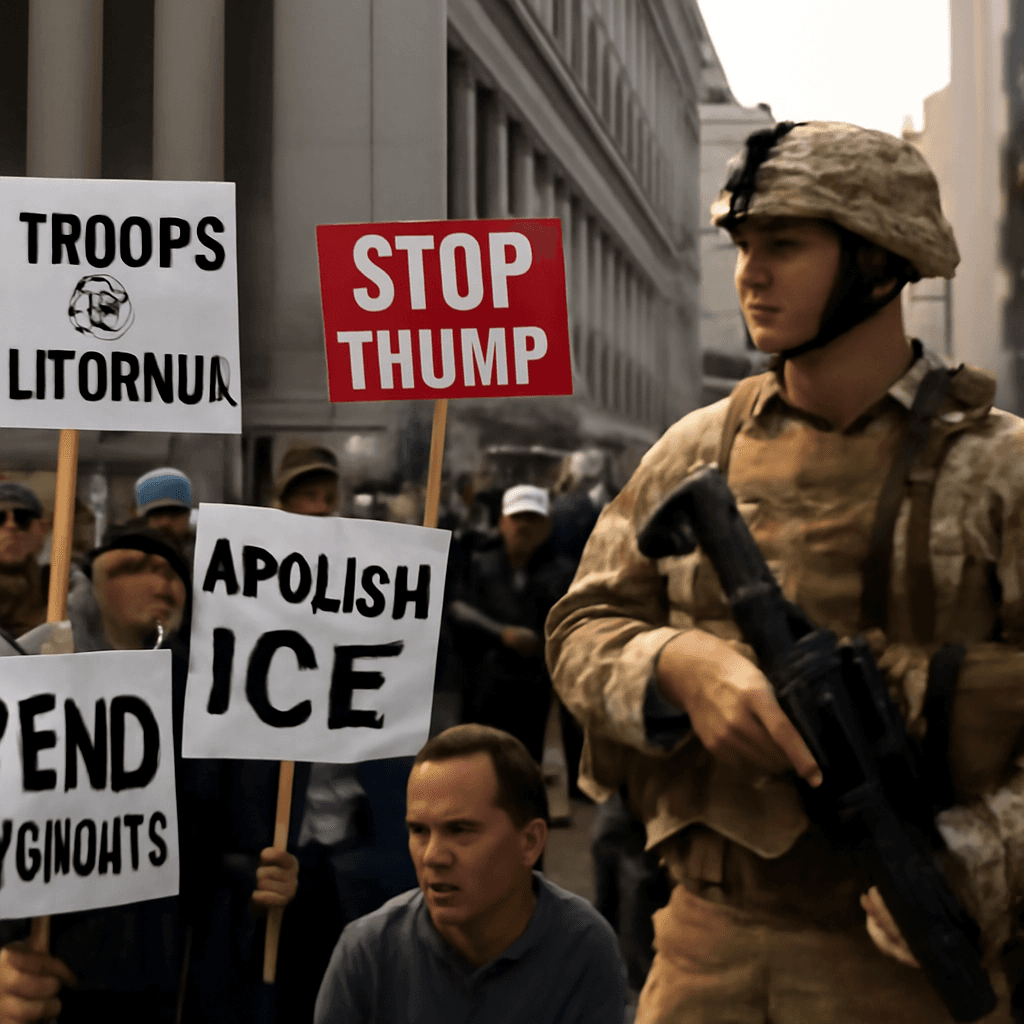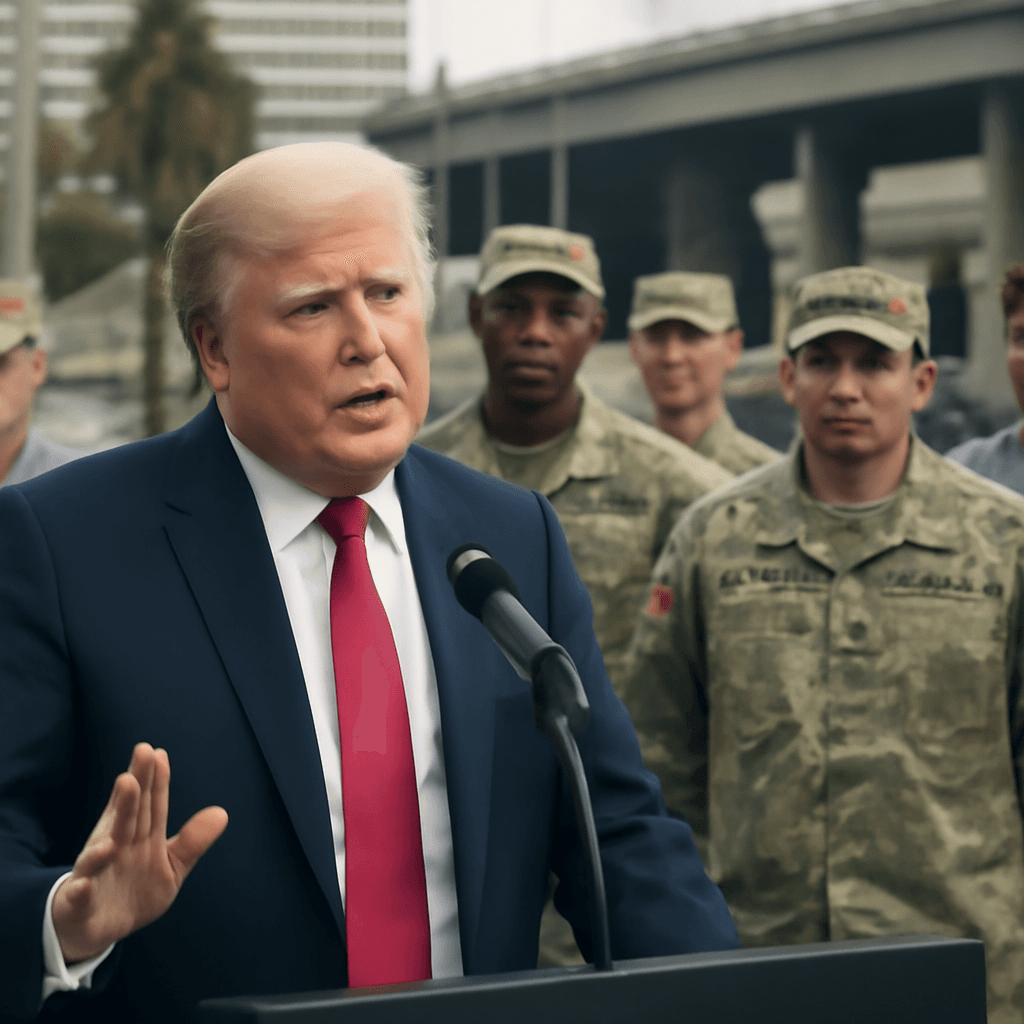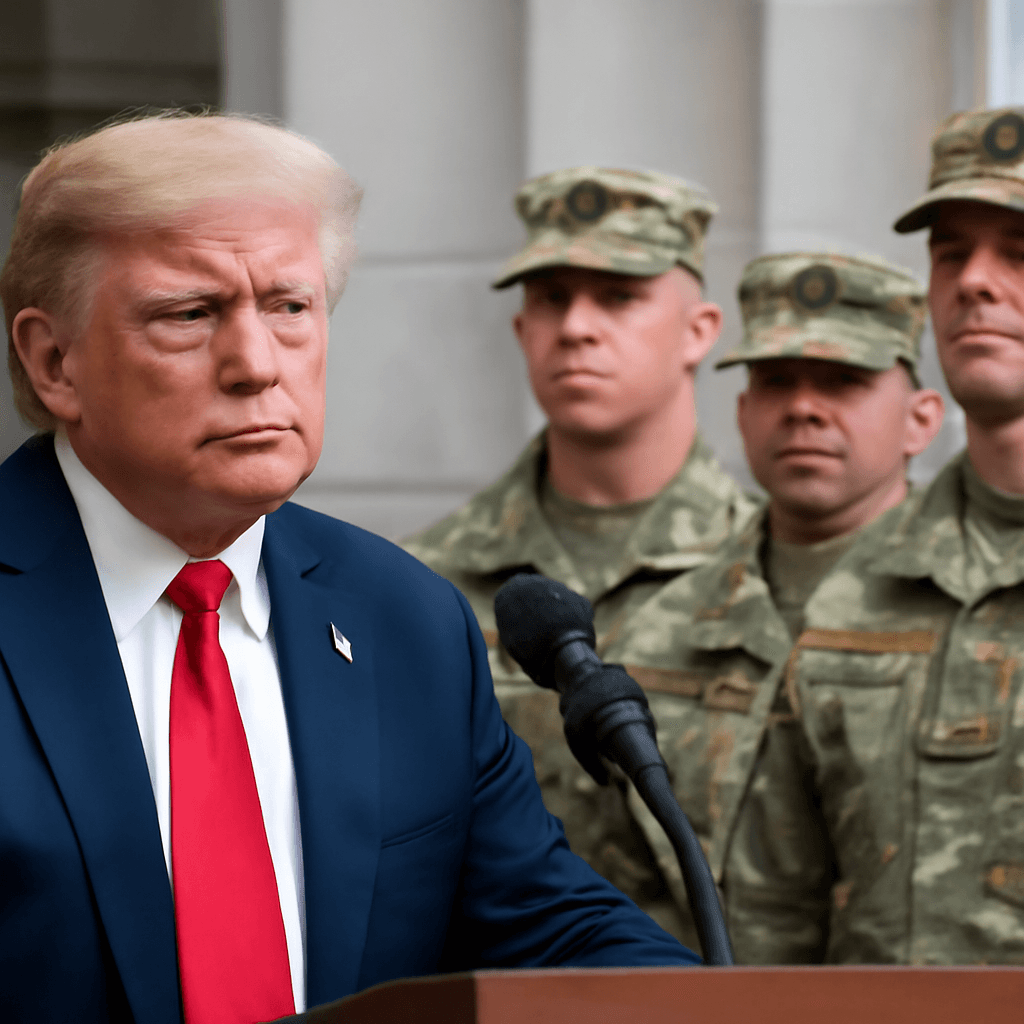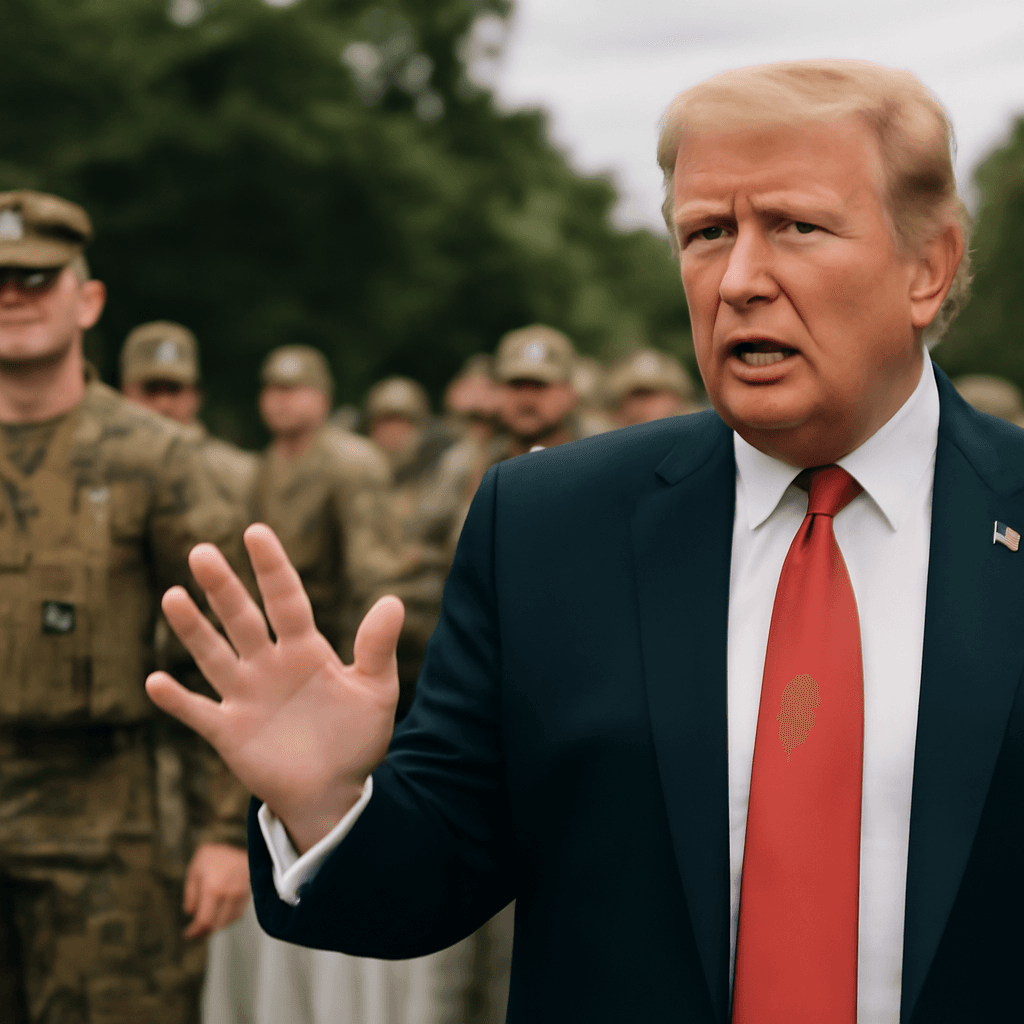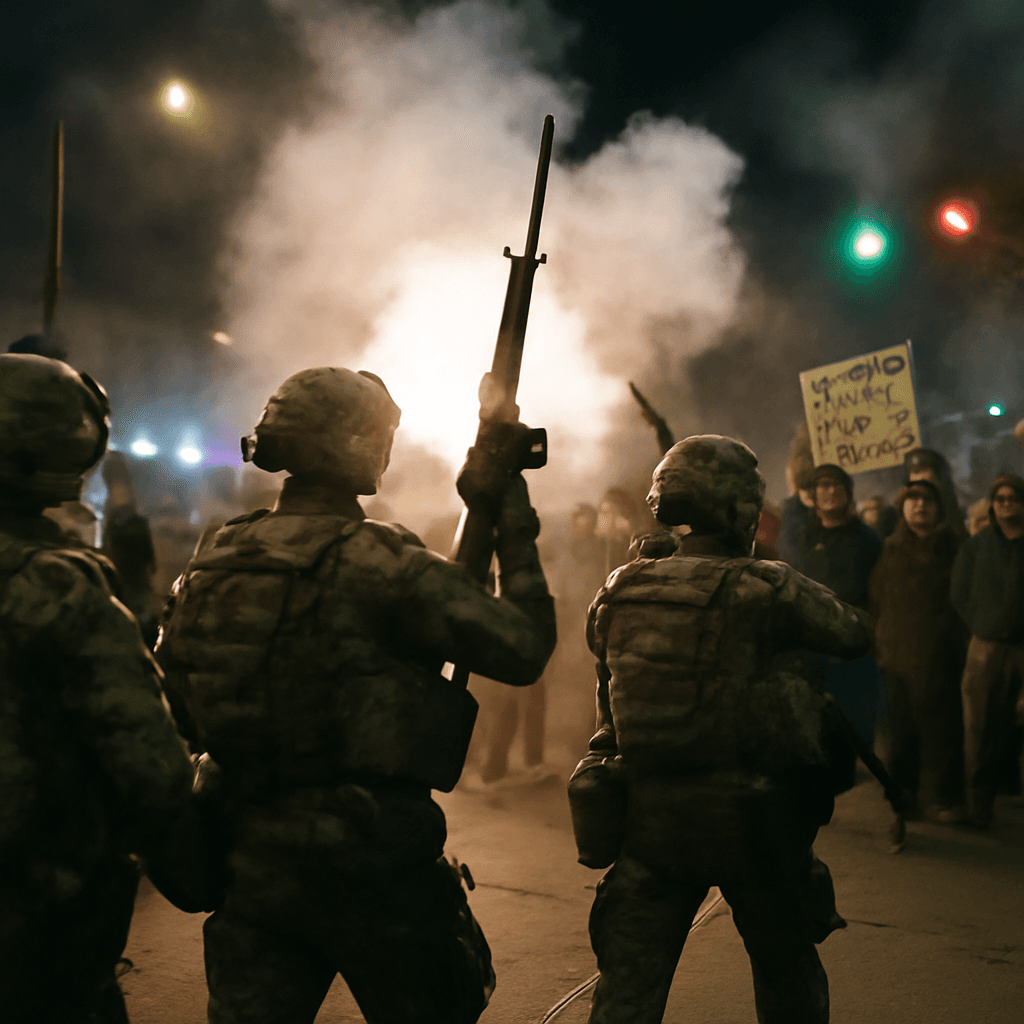Trump Orders Troop Deployment in Los Angeles Amid Protests
In response to mounting protests against immigration enforcement in Los Angeles, the U.S. Defense Department has mobilized 4,000 National Guard members and 700 Marines. This large-scale deployment is projected to cost approximately $134 million, according to a senior Pentagon official.
High Costs and Logistics Behind the Military Operation
Bryn MacDonnell, special assistant to the Secretary of Defense and acting Under Secretary of Defense (Comptroller), revealed during a congressional hearing that the bulk of the expenses — including temporary duty costs such as travel, housing, and food — contribute significantly to the overall projection of $134 million. The funding is expected to be sourced from various Operation and Maintenance budgets.
The deployment is set to last for 60 days, as emphasized by Defense Secretary Pete Hegseth, who assured that the troops on the ground would be properly housed, fed, and supplied throughout the operation.
President Trump Defends Military Presence
President Trump has stood firmly behind the decision, stating that the military presence will remain in Los Angeles "until there’s no danger." He described the move as "common sense," asserting that without these troops, the city could have faced widespread destruction and fatalities.
Initially authorizing 2,000 National Guard members on Saturday night, Trump quickly doubled that number to 4,000 and added 700 Marines despite vocal objections from California's elected officials.
Projected Expansion of Enforcement
Beyond Los Angeles, the president has indicated that immigration enforcement efforts will extend to other parts of the country in the coming days, signaling an aggressive approach to immigration policy enforcement nationwide.
Legal Challenges and Controversies Surround Deployment
The decision to deploy federal military forces domestically has sparked significant criticism from legal experts and state leaders. Many consider this move an "incredibly rare" federal intervention that challenges traditional civil-military boundaries.
Typically, the National Guard operates under the control of state governors and responds to emergencies such as natural disasters. The last time a president overrode a governor’s authority to federalize the National Guard was during the civil rights movement in 1965.
Moreover, employing active-duty troops like the Marines for civilian law enforcement is highly unusual, as federal law restricts military participation in domestic policing unless an insurrection is declared.
Possibility of Invoking the Insurrection Act
As tensions escalate, speculation has grown that President Trump might invoke the Insurrection Act, which would grant him broad authority to deploy active-duty military forces domestically.
Legal analysts suggest this may be a calculated attempt to justify more aggressive federal involvement. According to experts, rallying troops and creating a perception of crisis can pave the way for even stronger federal actions.
State Pushback and Lawsuits
California's state government has taken a firm stand against this deployment. Governor Gavin Newsom has announced lawsuits aimed at blocking not only the National Guard's federal takeover but also the deployment of active-duty Marines.
This ongoing legal battle underscores the deep divide between federal directives and state resistance amid this politically charged situation.
What Lies Ahead?
The coming weeks will be critical in determining how long these troops will remain in Los Angeles and whether the federal government will expand such deployments nationwide. The situation remains fluid as federal and state authorities continue to clash over jurisdiction, civil rights, and the appropriate use of military force on American soil.

